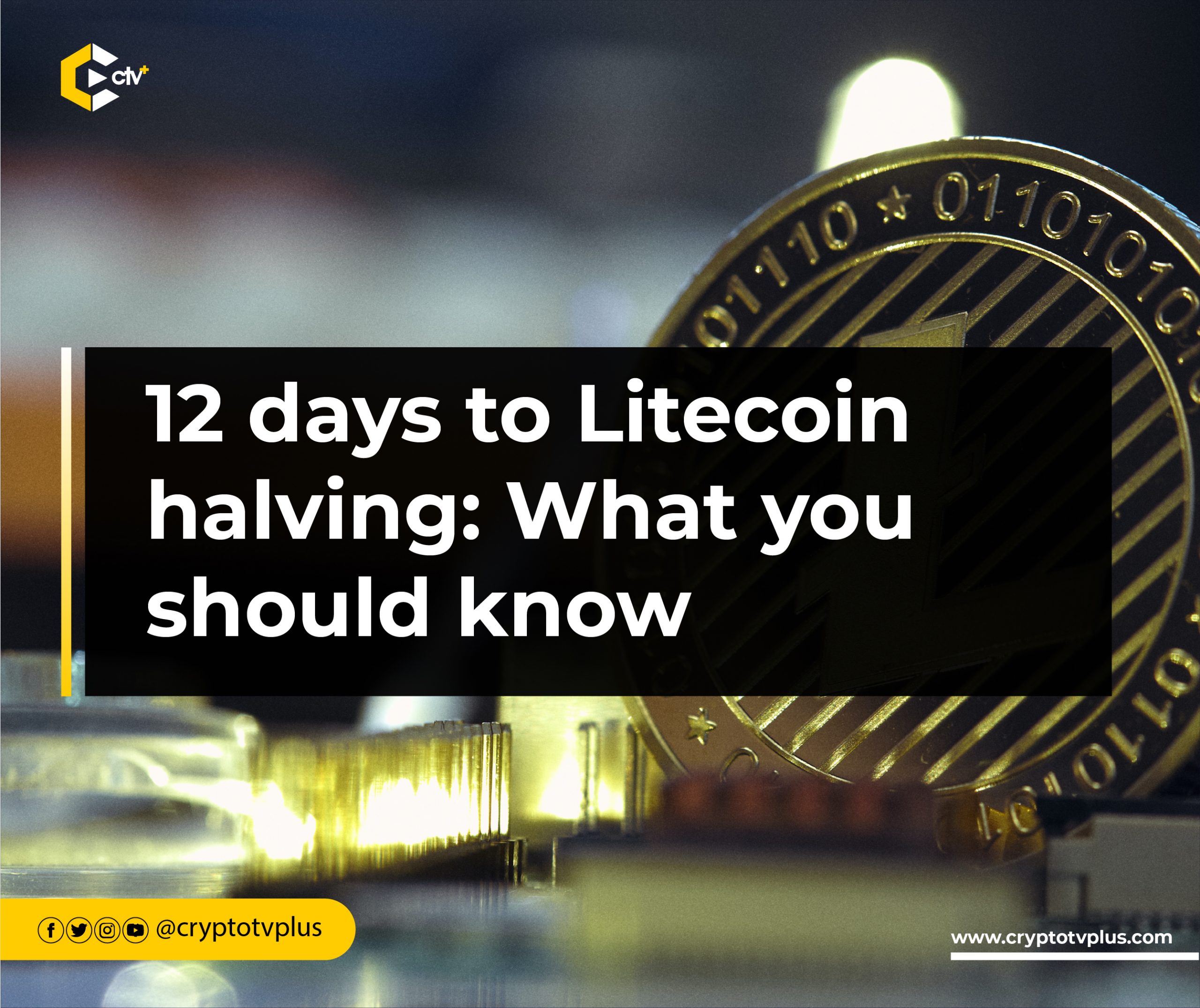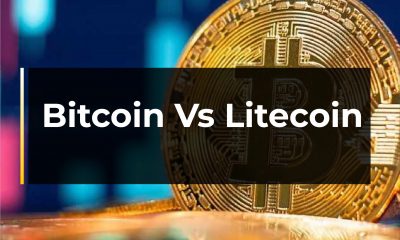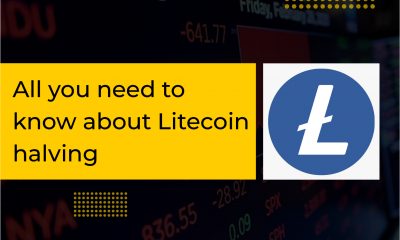Education
12 days to Litecoin halving: What you should know

Litecoin is a blockchain and cryptocurrency created by Charlie Lee in 2011, and it has a maximum supply of 84 million coins. It was designed with the goal of enabling fast and secure transactions, boasting near-zero fees.
One of its key features is its decentralization, which relies on several different communities to ensure its security, stability, and success.
According to Litecoin, over the first 11 years of its existence, it has processed more than 150 million transactions, making it one of the most active and reliable blockchains in the cryptocurrency world.
This high transaction activity serves as evidence of Litecoin’s utility as a modern currency, offering users worldwide fast and low-fee transactions, aligning with its original purpose when it was created in 2011.
Litecoin’s blockchain operates through the use of nodes, which are decentralized computers running Litecoin software. These nodes validate and record the transaction history of the blockchain. Another critical component of any proof-of-work blockchain is its miners.
Miners play a vital role in the Litecoin blockchain as they use computing power to solve complex mathematical equations, unlocking blocks in the process. In return for their efforts, miners are rewarded with Litecoin, providing an incentive for their “proof of work.”
The updates by the Litecoin team revealed that the network has had zero downtime during its 11-year existence, thanks to the dedicated community of miners ensuring its continuous operation and security.
One noteworthy aspect of Litecoin’s design is its “halving events,” which occur roughly every four years or after 840,000 blocks have been mined. During these events, the block reward for miners is halved.
This halving process creates scarcity, which, combined with increasing demand, is expected to drive up the price of Litecoin over time.
The next Litecoin halving event is scheduled for August 2, 2023. During this event, the reward for miners will be halved from 12.5 Litecoin to 6.25 Litecoin. The last halving event will occur sometime in 2139 when the last Litecoin will be mined.
As Litecoin becomes scarcer due to halving events, demand is anticipated to increase, potentially leading to a substantially higher value. This has made Litecoin an attractive option for miners, who will be rewarded handsomely for continuing to support and maintain the network.
Litecoin’s uninterrupted operation for more than 11 years has earned it a reputation as one of the most reliable and widely accepted cryptocurrencies worldwide, becoming the second most accepted cryptocurrency after Bitcoin.
Its miners play a crucial role in finding new blocks, adding them to the main chain, and securing the network, ensuring its continued success and usability.
In conclusion, Litecoin’s combination of fast and low-cost transactions, decentralization, and scarcity due to halving events has solidified its position as a significant player in the cryptocurrency space, with the upcoming Litecoin halving event expected to be of great importance for the cryptocurrency community.
Read also; Polygon introduces POL: The next-gen native token for the internet’s value layer
























